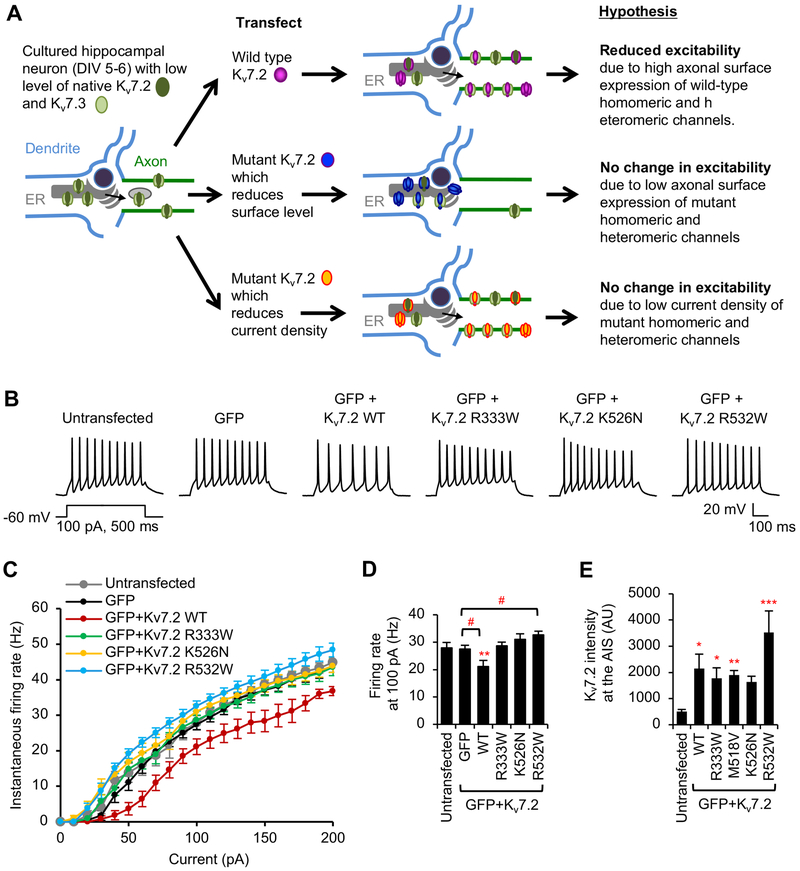Figure 6. Hippocampal neuronal excitability is reduced upon expression of wild-type Kv7.2 but not Kv7.2 containing R333W, K526N, and R532W mutations.
Whole-cell current clamp recording in hippocampal neurons (DIV 6–8) transfected with GFP and Kv7.2 WT or Kv7.2 containing epileptic encephalopathy mutations. Spike trains were evoked by delivering constant somatic current pulses for 500 ms duration at a resting potential of –60 mV. (A) Hypothesis by which exogenously expressed Kv7.2 WT would decrease neuronal excitability by increasing expression of functional homomeric and heteromeric channels formed with endogenous Kv7.2 and Kv7.3 subunits. (B) Representative traces of action potentials induced by 100 pA injection. (C) Average instantaneous AP firing rates (Hz) induced by 0–200 pA injection. (D) Average firing rates at 100 pA from untransfected neurons (None: n = 9), or neurons transfected with GFP (n = 10), GFP and WT (n = 11), R333W (n = 9), K526N (n = 9), or R532W (n = 9). Data shown represent the Ave ± SEM (** p < 0.01 compared to untransfected, #p < 0.05 compared to GFP).

